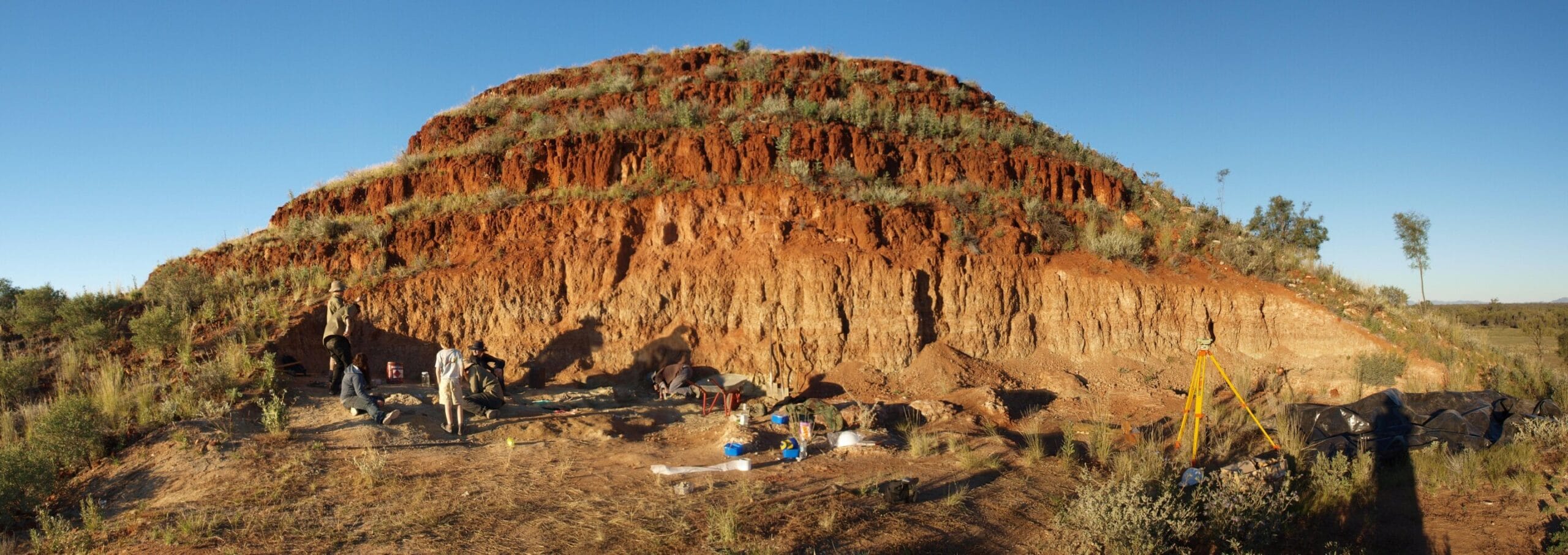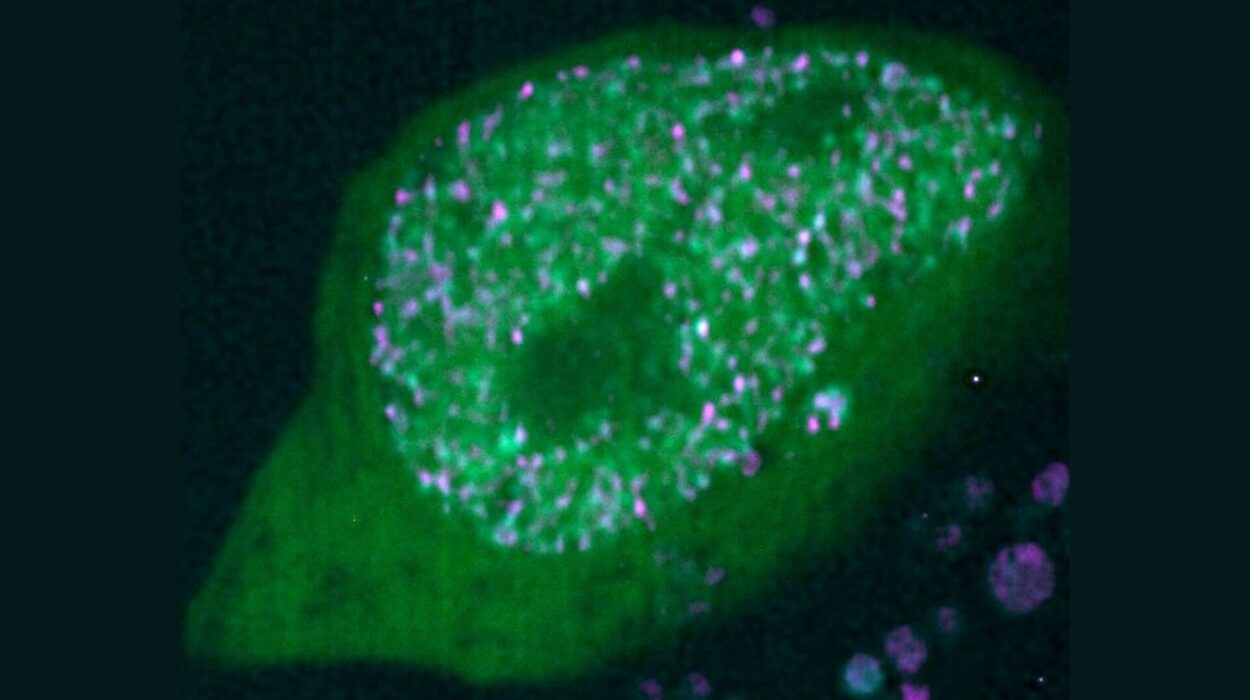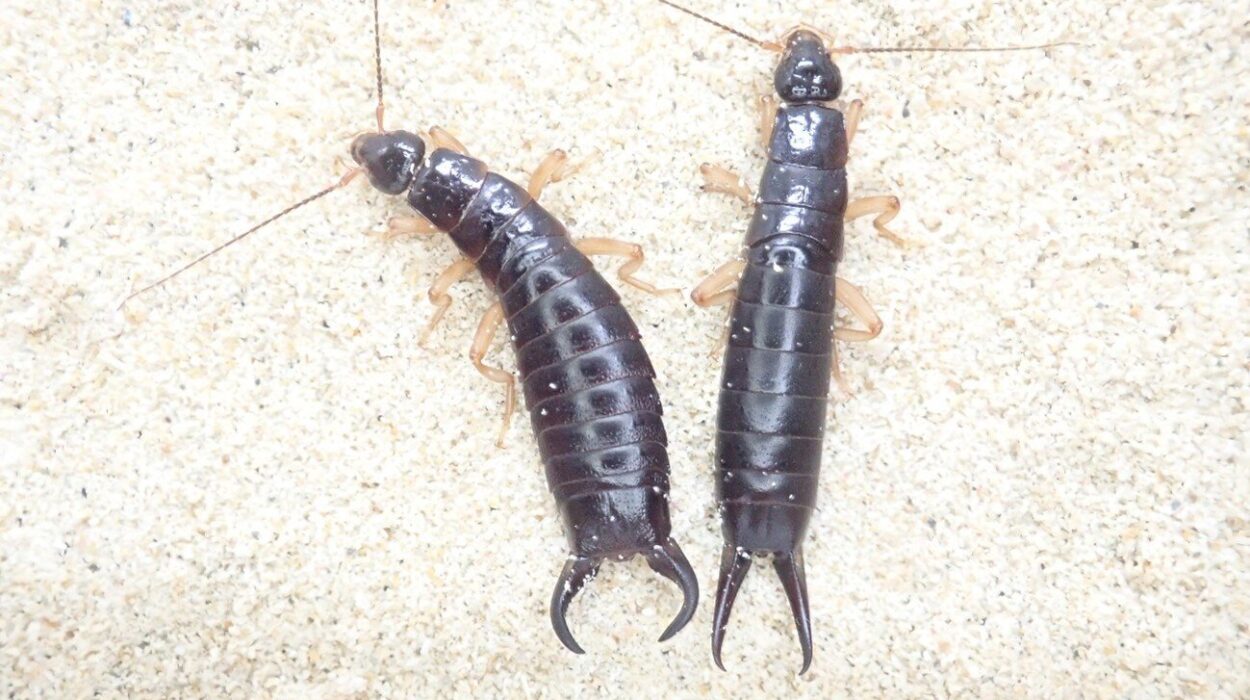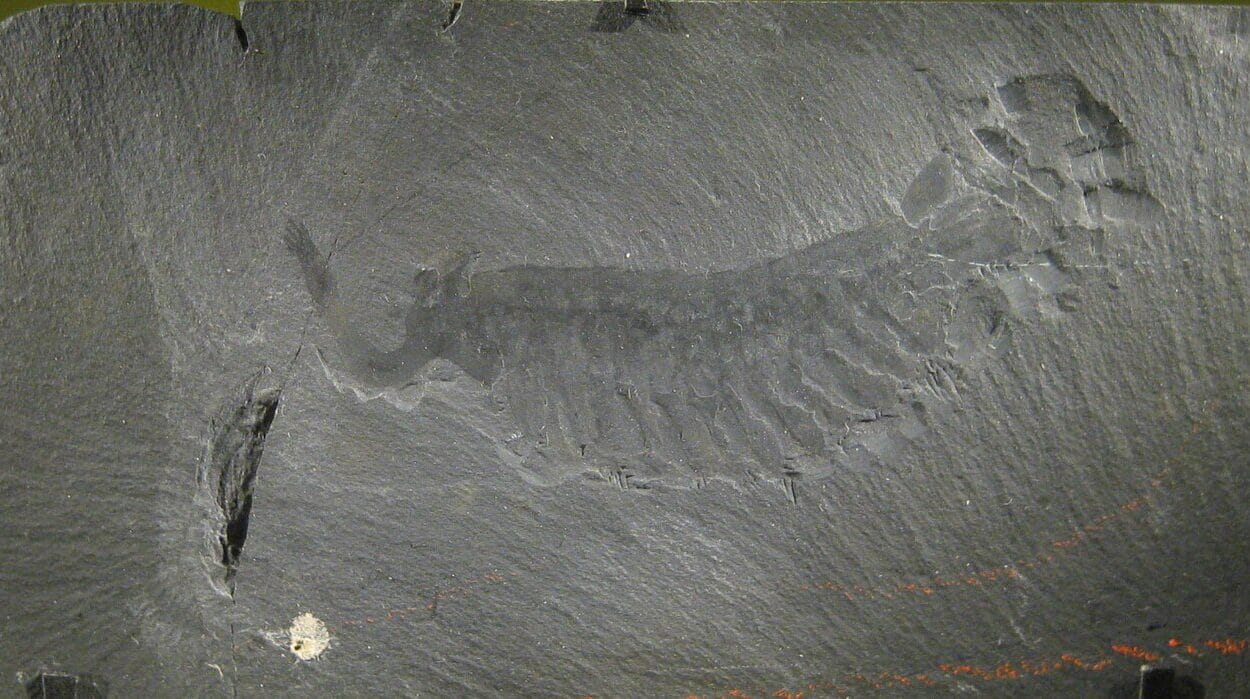For millions of years, the lands we now call Australia and New Guinea have been separated by the flooded expanse of the Torres Strait. Today, their wildlife feels worlds apart — kangaroos bounding across the dusty red outback, and secretive wallabies hidden in the lush green mountains of New Guinea. But a new fossil find has revealed that these two landscapes once shared more than just a geological connection. They were home to close animal relatives, bridging the environmental gap between dry grasslands and dripping rainforests.
Researchers from Flinders University have announced the discovery of a new prehistoric kangaroo species from central Australia. This ancient creature, Dorcopsoides cowpatensis, has been directly linked to a little-known group of forest-dwelling wallabies found today only in New Guinea. The finding offers a rare glimpse into a time when animals crossed freely between the two regions — and when Australia’s heartland was a very different place.
The “Funny Little Wallaby” from the Past
The fossil remains of Dorcopsoides cowpatensis were unearthed at a site known as Cowpat Hill on Alcoota Station in the southern Northern Territory. Its name, equal parts scientific and playful, reflects both its family tree and its discovery site. Though small compared to Australia’s modern kangaroos, this “funny little wallaby” had strong ties to the forest-wallabies of the tribe Dorcopsini, which today live only in the dense, humid forests of New Guinea.
Lead researcher Dr. Isaac Kerr explains that the evolutionary story stretches back at least 12 million years. “Forest-wallabies probably dispersed into New Guinea from Australia,” says Dr. Kerr. “At the time, the Torres Strait wasn’t flooded, so there was a dry ‘land-bridge’ connecting the two. Animals could move from Australia’s open country into New Guinea’s rainforests without crossing a single stretch of ocean.”
But this connection didn’t last. Over the past 5 million years, rising seas drowned the land bridge, isolating populations on either side. While New Guinea’s climate remained wet and forested, much of Australia grew drier and harsher. The forest-wallabies disappeared from the mainland, surviving only in their island refuge to the north.
Life in an Ancient Landscape
Though related to today’s rainforest dwellers, Dorcopsoides cowpatensis lived in an environment far removed from New Guinea’s dripping greenery. Six million years ago, its home was a patchwork of dry scrub, mallee, and pockets of denser woodland along seasonal creeks and lakes.
“This species probably hopped quickly but in short bursts,” says Dr. Kerr. “It would dart from safe, thick cover into open areas to feed on leaves, fruits, and fungi before retreating again. It was built for a cautious life in a risky, open landscape.”
Two other fossil dorcopsins have been found in Australia, dating from both the upper Miocene and lower Pliocene periods. Together, they show that this group was once far more widespread, thriving in environments from inland arid zones to the fringes of wetter forests.
The Living Relatives
Today, the Dorcopsini are represented by just six surviving species, all restricted to New Guinea’s forests. Even among scientists, they remain mysterious. Professor Gavin Prideaux, co-author of the study, says, “Living forest-wallabies are adorable but unusual, with slightly melancholy, whippet-like faces. Their strong, curved tails act almost like a fifth limb when they move slowly, but only the very tip of the tail touches the ground.”
Their elusive nature means that much about them — including their exact diets and behaviors — remains uncertain. By studying their extinct relatives in Australia, paleontologists hope to piece together not only their evolutionary journey but also clues about their modern lives.
More Than Science — A Shared Heritage
The research, published in Alcheringa: An Australasian Journal of Palaeontology, is part of a larger effort to understand the intertwined natural histories of Australia and New Guinea. It’s a story that stretches from the prehistoric land bridge to the present day, where cultural and scientific exchanges still cross the Torres Strait.
“Our work has taken us into Papua New Guinea twice so far,” says Dr. Kerr. “Last year, we spent weeks recovering marsupial fossils from cliffs along the Watut River in eastern PNG. The local miners and villagers were incredibly generous and welcoming. The experience really brought home just how much our two nations share — not only in deep time, but in the connections we continue to build.”
With every fossil fragment, scientists are rewriting the map of ancient Australia and New Guinea — revealing that the line we now draw between them is a recent, watery division in a far older story of shared life, migration, and adaptation.
More information: Isaac A. R. Kerr et al, A new fossil kangaroo species of the genus Dorcopsoides (Marsupialia, Macropodinae) from the late Miocene Ongeva Local Fauna, central Australia, Alcheringa: An Australasian Journal of Palaeontology (2025). DOI: 10.1080/03115518.2025.2521772






